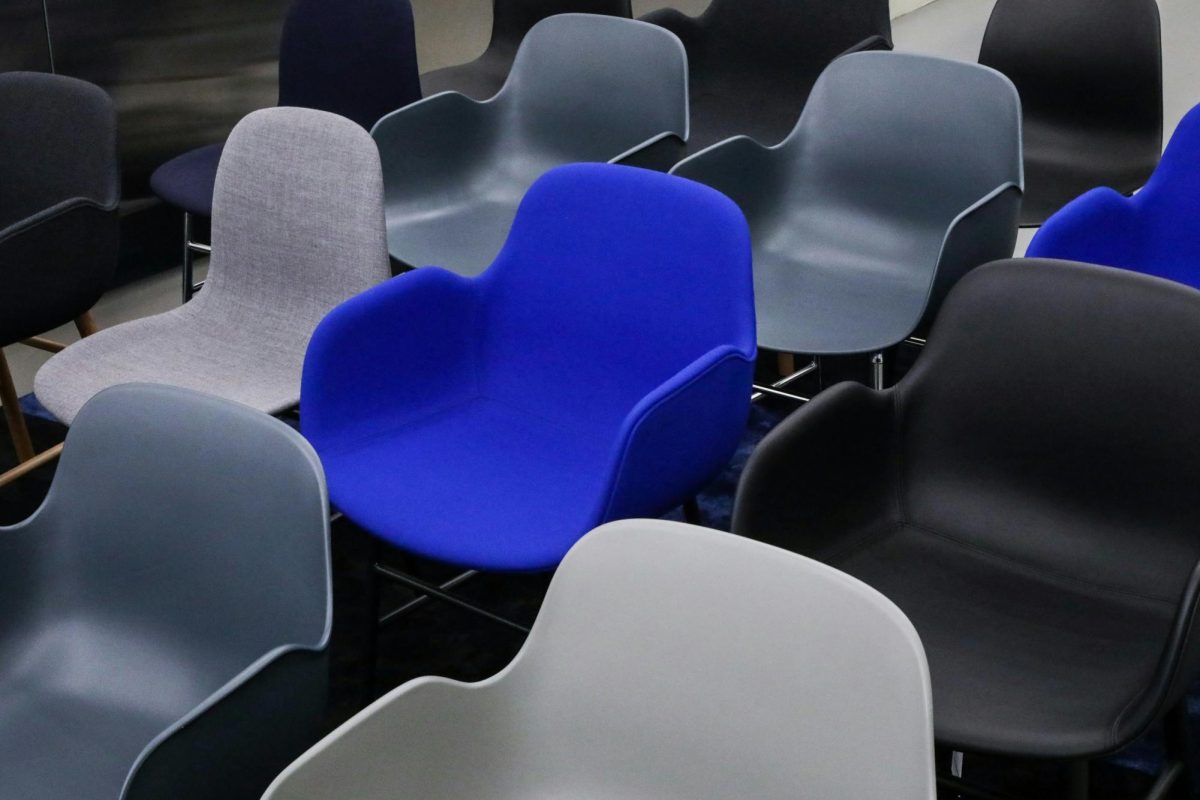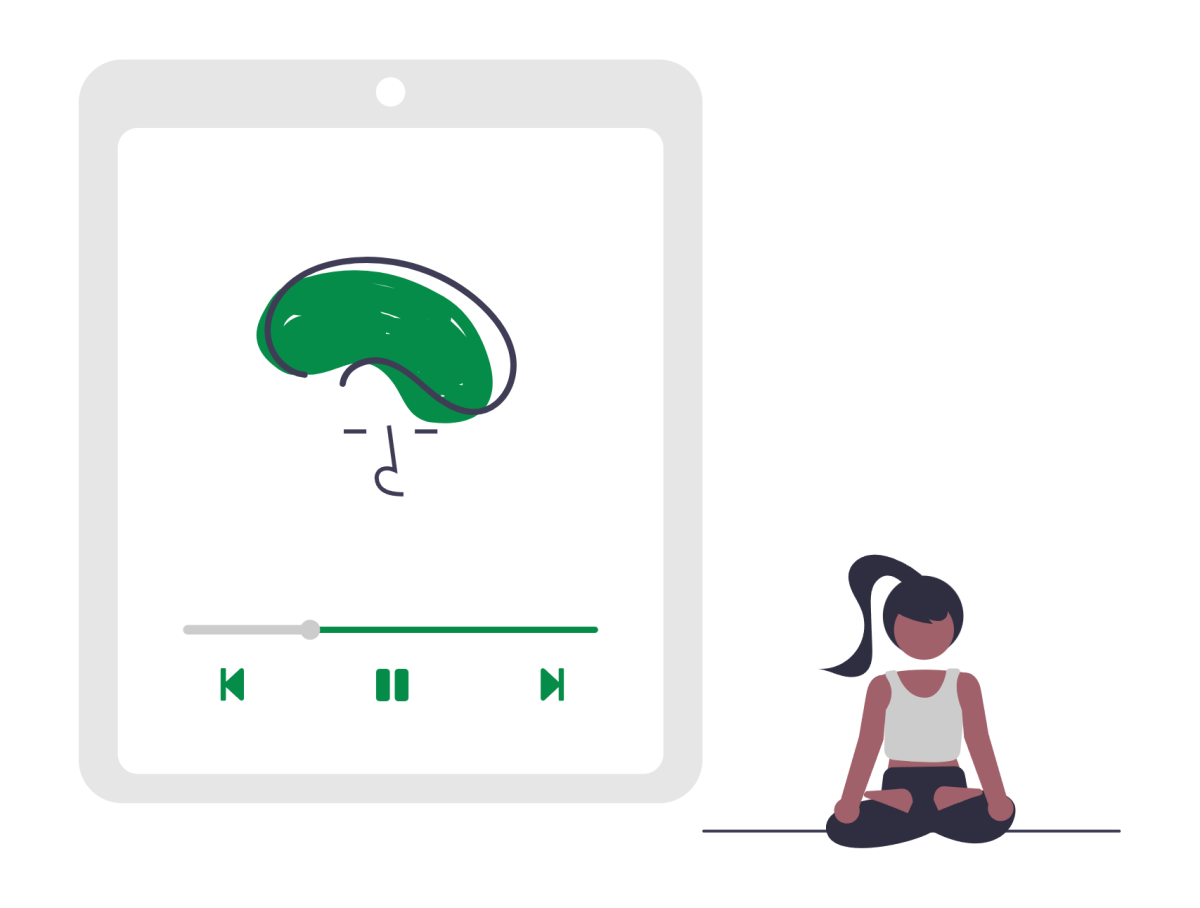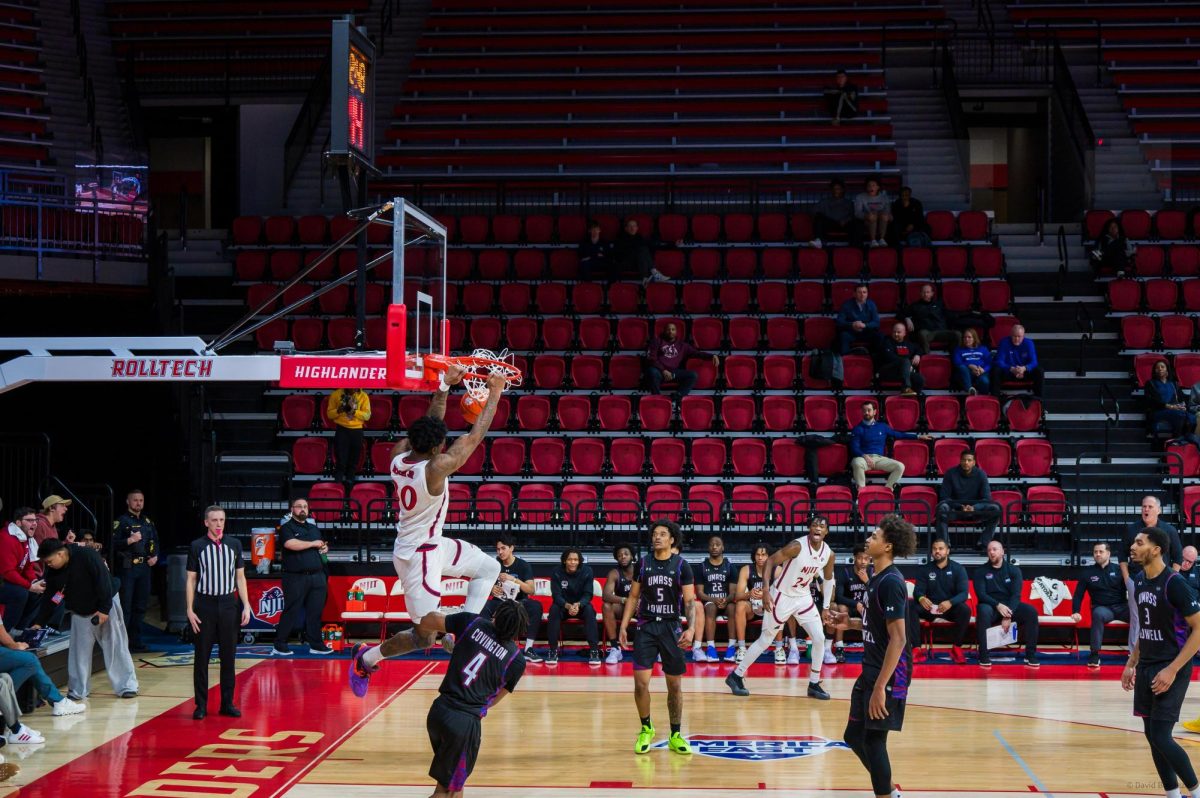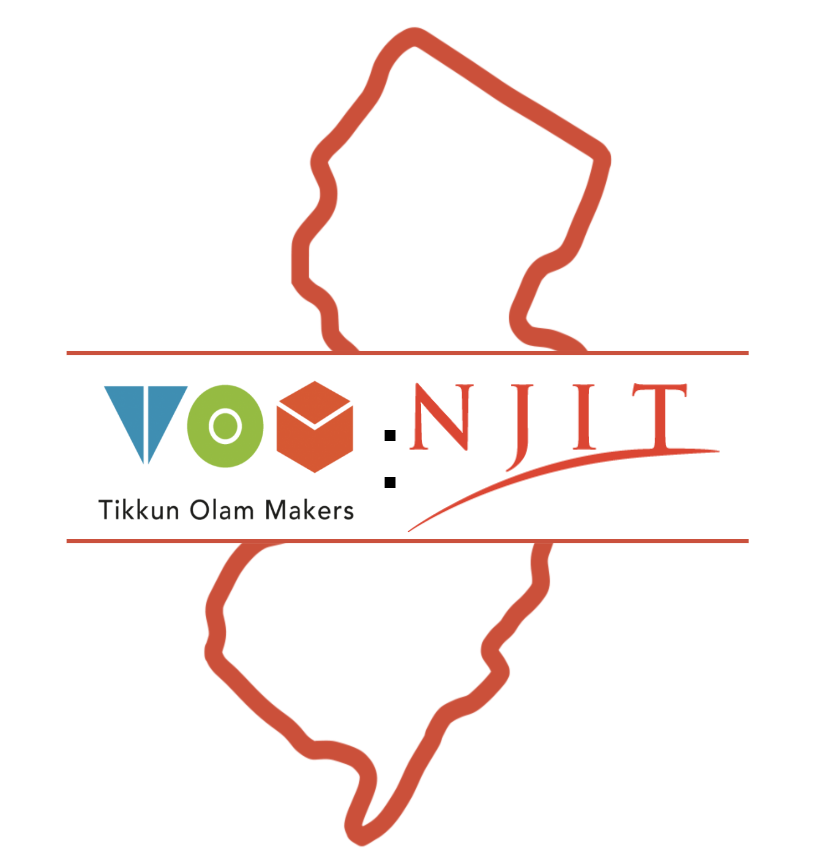The value of education lies in its propensity for merging divergent concepts into a central discipline, and one potent example of such is NJIT’s Industrial Design major. Through blending design creativity with industrial engineering rigor, the Industrial Design major prepares students for real-world endeavors by training them in the creation of apparatuses that resolve design challenges. The major encourages students to “communicate with engineers and manufacturers, knowing how the technical aspects of your projects will work,” as expressed by Shalaka Ajwalia, a third-year Industrial Design major at NJIT.
The Industrial Design program stands out from its peers with its technical focus, offering a Bachelor of Science (B.S.) rather than a traditional Bachelor of Arts (B.A.) degree, which is typically expected of design-heavy curriculums. The technical focus aims to facilitate “the application of the major into the real world easier.” Such a distinction, as highlighted by Ajwalia, ensures student proficiency of electronics, circuitry, and the manufacturing process alongside design theory.
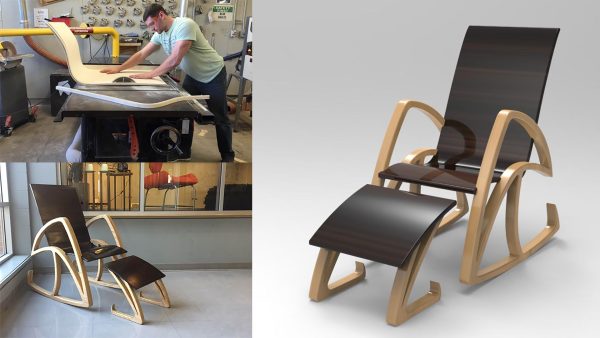
The curriculum functions as a synthesis of engineering and manufacturing, harnessing a skill crucial for product development. Going against the trend of conventional engineering disciplines, Industrial Design commits to the emphasis of human-centered problem-solving, where students learn to balance design decisions with functional feasibility.
Ajwalia’s switch from Civil Engineering to Industrial Design illustrates the major’s alignment with her passion for tangible creation, a passion exhibited by her peers who cherish the studio culture and collaborative environment. “Being able to bounce ideas off of each other is very beneficial and gives many new perspectives,” Ajwalia enthusiastically shared. An interesting facet of the Industrial Design major lies in its unique learning ecosystem. Students work in dedicated spaces such as Weston Hall’s HCAD labs, where project development manifests through collaboration and iterative feedback. Environments such as the labs reflect real-world design studios with their focus on interdisciplinary teamwork.
Despite the program’s benefits and promising impact for real-world careers and student engagement with the curriculum, its small size of 19 upperclassmen highlights the advantages and challenges facing the major. The small class size reflects one of the most close-knit faculty-to-student ratios of any major in NJIT, enabling personalized mentorship and beneficial relationships. Nevertheless, such miniscule enrollment risks rendering the major to be unknown to most NJIT applicants, or worse, risks the major being removed from the university’s offerings altogether. Moreover, financial burdens complicate the Industrial Design experience, as Ajwalia and her peers point out that materials for the class “can cost about $30-$50” to upwards of “$100-$300 to create our final pieces” per semester, a monetary barrier that can deter prospective applicants.
Amongst such opposition, the Industrial Design major rises above its flaws with the societal impact it possesses to humanize technology. As automation and artificial intelligence (AI) continue their march to fundamentally reshape society’s relationship with technology, designers remain irreplaceable in ensuring that products resonate with users and consumers both in emotion and functionality. Ajwalia notes that while AI is capable of optimizing processes, it cannot mimic the humanity and creativity commonplace in human-centered design as “design needs the human factor that AI can’t recreate.”
Fortunately, this aligns with labor market trends — The U.S. Bureau of Labor Statistics projects approximately a 3% growth in industrial design jobs by the year 2031, primarily driven by demand for sustainable and user-friendly products (BLS, 2022). As such, NJIT graduates of the Industrial Design major are positioned to fill this growing niche. Unfortunately, the major’s lack of appearance at career fairs and the minute advertisement of the program within the institution hinders the professional opportunities of students.
The promotion of Industrial Design is an academic necessity to ensure its continued existence, not only as an obligation to those currently within the major, but also for the security of novel, interdisciplinary courses that fulfill critical roles. The department must recognize that underfunded and niche programs are at risk of being cast aside or seen as obsolete despite their importance. By increasing enrollment through targeted outreach efforts designed to shine a spotlight on the major, a larger section of the student body will become aware of its existence, seeking both creative and technical interdisciplinary courses.
Another course of action involves NJIT alleviating financial hardship by subsidizing material costs alongside partnering with manufacturers to lower costs and donate equipment. Furthermore, strengthening career support by inviting industry professionals to the studio or developing career fairs that include opportunities for Industrial Design will bridge the gap between the two worlds of education and employment, addressing Shalaka and her cohort’s concerns about professional visibility for their career path.
Graduates of NJIT’s Industrial Design degree are prepared to create in a changing industry because it exemplifies the nexus of art and engineering. It is positioned as a crucial contributor to societal advancement because of its emphasis on technological proficiency, collaborative culture, and human-centric problem-solving. Its continuation, however, is contingent upon industry participation, resource allocation, and institutional dedication to promotion. By promoting these underappreciated majors, NJIT can reinforce its commitment to developing diverse, forward-thinking innovators, guaranteeing that programs like Industrial Design continue to be not only relevant but essential.






